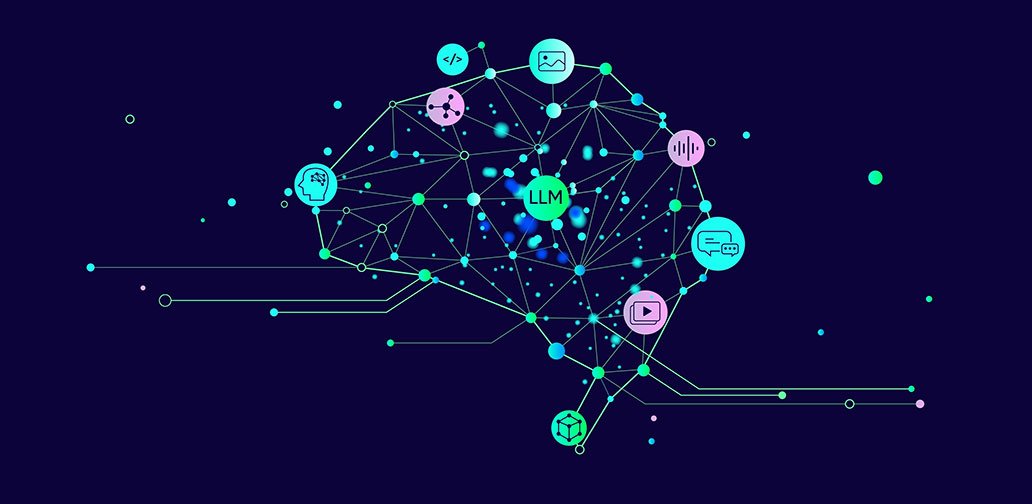Scientists are racing against time to try and create revolutionary, sustainable energy sources (such as solid-state batteries) to combat climate change. However, this race is more like a marathon, as conventional approaches are trial-and-error in nature, typically focusing on testing individual materials and set pathways one by one. To get us to the finish line faster, researchers at Tohoku University developed a data-driven AI framework that points out potential solid-state electrolyte (SSE) candidates that could be "the one" to create the ideal sustainable energy solution.
This model does not only select optimal candidates, but can also predict how the reaction will occur and why this candidate is a good choice - providing interesting insights into potential mechanisms and giving researchers a huge head start without even stepping foot into the lab.
These findings were published in Angewandte Chemie International Edition on April 17, 2025.

"The model essentially does all of the trial-and-error busywork for us," explains Professor Hao Li (Advanced Institute for Materials Research). "It draws from a large database from previous studies to search through all the potential options and find the best SSE candidate."
The method is a pioneering data-driven AI framework which integrates large language models (LLMs), MetaD, multiple linear regression, genetic algorithm, and theory-experiment benchmarking analysis. Essentially, the predictive models draw from both experimental and computational data. Computation-assisted research gives researchers a solid lead for which avenue might have the most successful outcome.
A goal of this study was to understand the structure-performance relationships of SSEs. The model predicts activation energy, identifies stable crystal structures, and improves the workflow of scientists overall. Their findings demonstrate that ab initio MetaD represents an optimal computational technique that shows high levels of agreement with experimental data for complex hydride SSEs.

Moreover, they identified a novel "two-step" ion migration mechanism in both monovalent and divalent hydride SSEs arising from the incorporation of molecular groups. Leveraging feature analysis combined with multiple linear regression, they successfully constructed precise predictive models for the rapid evaluation of hydride SSE performance. Notably, the proposed framework also enables accurate prediction of candidate structures without relying on experimental inputs. Collectively, this study provides transformative insights and advanced methodologies for the efficient design and optimization of next-generation solid-state batteries, significantly contributing toward sustainable energy solutions.
The researchers plan to broaden the application of this framework across diverse electrolyte families. They also foresee a use for generative AI tools that may be able to explore ion migration pathways and reaction mechanisms, thus improving the predictive capacity of the platform.
The key experimental and computational results are available in the Dynamic Database of Solid-State Electrolyte (DDSE) developed by Hao Li's team, the largest solid-state electrolyte database reported to date.

- Publication Details:
Title: Unraveling the Complexity of Divalent Hydride Electrolytes in Solid-State Batteries via a Data-Driven Framework with Large Language Model
Authors: Qian Wang, Fangling Yang, Yuhang Wang, Di Zhang, Ryuhei Sato, Linda Zhang, Eric Jianfeng Cheng, Yigang Yan, Yungui Chen, Kazuaki Kisu, Shin-ichi Orimo, Hao Li*
Journal: Angewandte Chemie International Edition
DOI: https://doi.org/10.1002/anie.202506573
Contact:
Hao Li
Advanced Institute for Materials Research (WPI-AIMR)
Email: li.hao.b8 tohoku.ac.jp
tohoku.ac.jp
Website: https://www.li-lab-cat-design.com/

